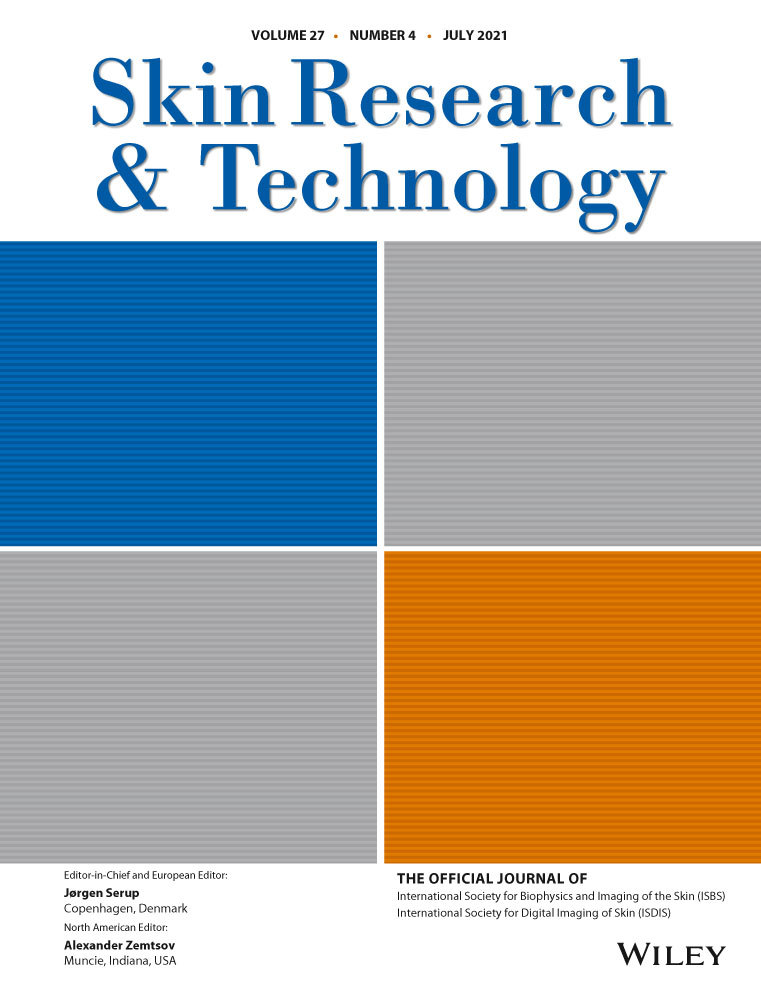Tribology of an assembly of hairs: Influence of multiscale surface chemistry and structure on sensorial tactile properties
Abstract
Background
Hair fibers may be either oriented in a common direction or randomly arranged. Fiber arrangement as well as cosmetic treatment control the sensorial perception. The present study explores the respective influence of these two aspects by predicting the product performance in terms of tactile perception.
Materials and Methods
Friction forces between hair swatches of different curl patterns using a finger-like probe have been measured to better mimic real-life hair/finger contact. Measurements of fiber alignment, hair diameter (thickness), and compression tests were performed on natural and treated swatches to assess the respective weight of these parameters.
Results
Conditioned hair exhibit an adhesive behavior measured at the start of the frictional movement. Conversely, natural hair is influenced by fiber reorientation. After a few seconds, friction-related signals stabilize. Thus, the averaged friction forces do not only depend on hair thickness, but increase with a decreased alignment of the fibers.
Conclusions
Intrinsic (diameter/curliness) and external (orientation/ friction/compression) characteristics allow to define a model of "macroscopic" roughness linked to the sensorial characterization. As friction of hair swatches depends upon fiber alignment and coating, this combined approach is potentially a very useful in vitro test, as an alternative or complementary method to sensory tests.
CONFLICTS OF INTEREST
GSL and AG are employees of L’OREAL. LW and HIM received financement of L’OREAL, MF was employed from L’OREAL at the time of the study.




